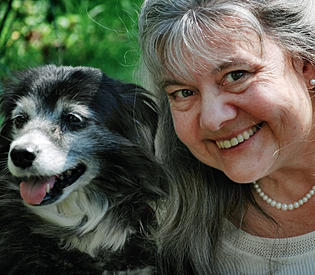I have been gratefully busy this week not only with my
clinical practice but also with radio interviews promoting Disentangle. Thanks to the excellent work of my marketing crew I
have done 5 interviews since Monday, including Hartford, CN, Buffalo, NY,
NYC/NJ/PA, Memphis, TN, and my local station here in Lexington, VA.
I have enjoyed each interview. Thanks for all those opportunities.
In preparing for these interviews, my publicist wrote ten rich
questions about the material in Disentangle
that interviewers might ask me. Being the good student that I can be, last
Sunday I sat down and wrote out answers to each of those questions. I know I
can speak off the top-of-my-head about the book, and yet under the pressure of
live radio, I didn’t want to trust that my thoughts and words would necessarily
come. So in a conversational tone, I wrote out my answers to have as my
cheat-sheet close at hand.
On Monday I thought it would be wise of me to send this
five-page document of questions and answers to my marketing team in case they
could think of other uses for this work. One of the uses already found is that this
document has now been posted here on my Central Recovery Press website under
FAQ.
So I invite you to consider these ten questions and ten
answers as ten blogs from me to you. Each question involves an answer that
helps the reader to understand more fully who might benefit from Disentangle and what new learnings can
be found within.
All of these ten “blogs” are only a click away right here now on my website: http://www.nancyljohnston.com/faq-disentangle.



.jpg)






%20-%20Screened%20Porch.jpg)


